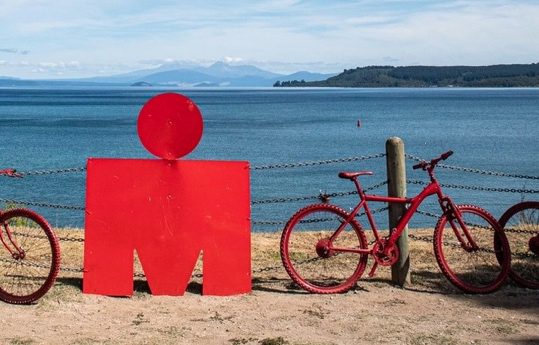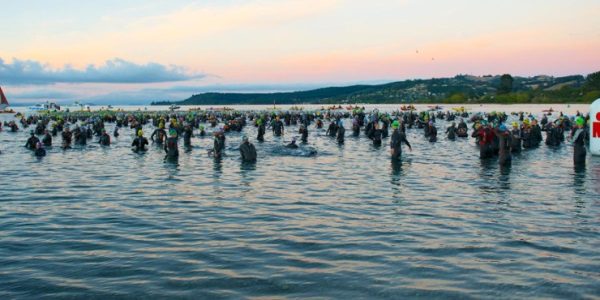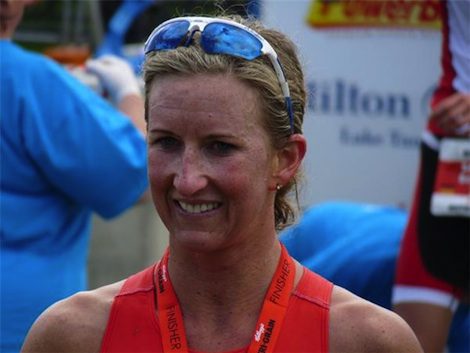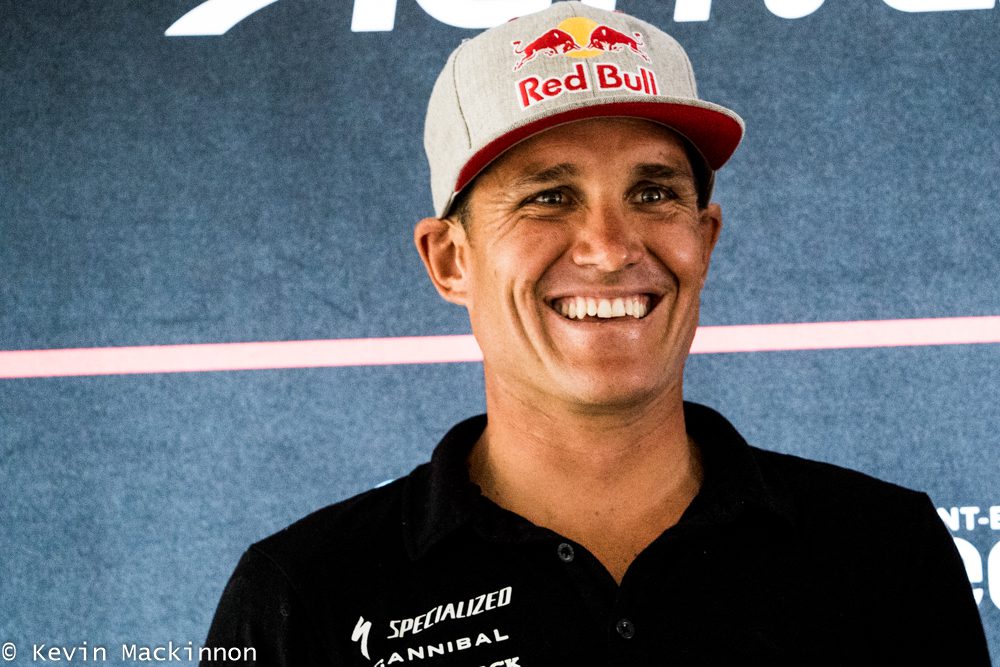5 Things you need to know about Ironman New Zealand this weekend
The first Ironman qualifier celebrates its 40th anniversary this weekend
 Photo by:
Ironman New Zealand
Photo by:
Ironman New Zealand
It was the first official Ironman qualifying event, starting in 1985. (And, yes, I know there was a long-distance race in Penticton, before that, but Ironman Canada didn’t become an official Kona qualifier until 1986.)
The race hasn’t always been in Taupo
The original Ironman qualifying race began in Mission Bay in Auckland in 1985 (there were 340 competitors), but moved to Taupo in 1999 as it became more difficult to host a large race in the country’s biggest city. The move has proven to be a hit – Taupo remains one of the most popular race venues in the world. Lake Taupo is Australasia’s largest freshwater lake – the town is an internationally renowned tourist destination. Ironman New Zealand topped Ironman’s Athlete’s Choice list in 2019 and will host the Ironman 70.3 World Championship in December.
Over half the field is international

Of the 2,000 athletes registered for Saturday’s race, over half (51 per cent) are international competitors, with 38 different nations represented. New Zealand tops the representation list, followed by Australia, the United States, Japan and Great Britain.
Historical Live coverage … but none this year
Believe it or not, during the early days of live Ironman coverage in the early 2000s, Ironman New Zealand used to enjoy some of the biggest numbers when it came to live viewing. That’s because, in those days, most people didn’t have fast internet coverage at home. Ironman New Zealand started on Friday afternoon in North America, so many people could tune in from work. (Yes, I know I’m showing my age that I even know all this!)
Sadly there won’t be any live coverage of this years race – that won’t start until the Ironman Pro Series, which kicks off with Ironman 70.3 California in Oceanside in April. We’ll have to keep track of this year’s racing through the Ironman Athlete Tracker App.
The women’s field is impressive

There are four Ironman New Zealand champions competing this weekend – between them they have won nine of the last 11 titles in Taupo. Included in that list are defending champion Els Visser, Jocelyn McCauley, a two-time winner, Laura Siddal, who won the race in 2018, and five-time champ Meredith Kessler. And, scarily enough, none of that impressive group is the favourite this weekend – that honour goes to 2022 Ironman world champ Chelsea Sodaro. Home-country favourites include Rebecca Clarke and Amelia Watkinson.
Here’s the full pro women’s list:
31 – Els Visser (Netherlands)
32 – Chelsea Sodaro (United States)
33 – Rebecca Clarke (New Zealand)
34 – Jocelyn McCauley (United States)
35 – Amelia Watkinson (New Zealand)
36 – Laura Siddall (Great Britain)
37 – Meredith Kessler (United States)
38 – Barbara Riveros (Chile)
39 – Sarah Thomas (Great Britain)
40 – Ai Ueda (Japan)
41 – Kate Bevilaqua (Australia)
42 – Fiona Gallagher (Ireland)
43 – Kate Gillespie-Jones (Australia)
44 – Laura Dennis (Australia)
46 – Regan Hollioake (Australia)
47 – Laura Wood (New Zealand)
Trying to break the Kiwi domination

Since 2014 there’s only been one time that an international men’s athlete won in Taupo – Joe Skipper’s 7:54: 17 record-setting win in 2020. It’s not as though Kiwis haven’t routinely served as the men’s champion since the event moved to Taupo. While Tim Deboom took the 1999 title, with Thomas Hellriegel inning in 2000, from 2001 Kiwi legend Cameron Brown dominated the race for much of the next decade. He was beaten by Estonia’s Ain Alar Juhanson in 2006 when the race had to be shortened to a 90 km bike and 21.1 km run due to weather conditions, but other than that Brown took the win every year from 2001 to 2011. In 2012 Belgian Marino Vanhoenacker took the win, with things returning to Kiwi hands in 2013 as Bevan Docherty topping the field. Another Estonian, Marko Albert, won in 2014 before things returned to “normal” with Brown winning in 2015 and 2016, Braden Currie winning in 2017 and 2021, Terenzo Bozzone winning in 2018 and Mike Phillips winning in 2019 and 2023.
So, in case you weren’t able to keep up with all that math, since the race moved to Taupo in 1999, there’s only been six times (out of 24 races) that a New Zealand athlete hasn’t been the men’s champion.
This year it will be Aussie Steve McKenna, last year’s Ironman Australia champion, and American Justin Metzler who will be mosts favoured to stop the Kiwi domination, but with the likes of Phillips, Currie and Matt Kerr in the field, there’s a good chance we’ll see another home-country favourite on the top of the podium.
Here’s the men’s start list:
1 – Mike Phillips (New Zealand)
2 – Braden Currie (New Zealand)
3 – Steve McKenna (Australia)
4 – Justin Metzler (United States)
5 – Colin Szuch (United States)
6 – Matt Kerr (New Zealand)
7 – Matt Lewis (Australia)
8 – Albert Askengren (Sweden)
9 – Michael Boult (Australia)
10 – Simon Cochrane (New Zealand)
12 – Ben Hamilton (New Zealand)
14 – Scott Harpham (New Zealand)
15 – Levi Hauwert (Australia)
16 – James Hayes (Australia)
17 – Niek Heldoorn (Netherlands)
18 – Jesper Nybo Riis (Denmark)
19 – Domenico Passuello (Italy)
20 – Mark Radziejewski (Australia)
21 – Mike Tong (New Zealand)
22 – Eneko Elosegui (Spain)
